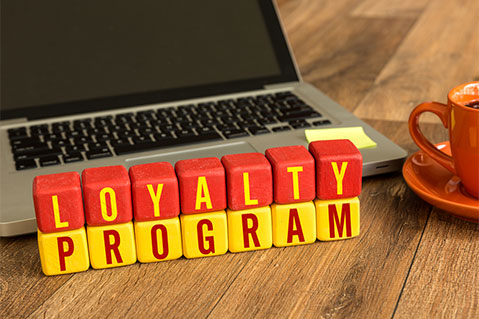News June 09, 2016
Loyalty Programs Effective, On The Rise
A new study from Visa and marketing research firm Bond Brand Loyalty finds that loyalty programs remain effective at attracting customers. About 80% of the roughly 19,000 consumers in the U.S. and Canada who responded to an online survey said they were more likely to continue doing business with brands that offered loyalty programs.

The data dovetails findings last year by loyalty marketing research company Colloquy that indicate loyalty programs are on the rise in the U.S. On average, households maintain membership in 29 loyalty programs, a total of 3.3 billion nationwide, and up 26% from 2013. However, most households use only 12 of those cards, a proportion that has dropped 4.5% from 2013.
The main reason that customers don’t participate in loyalty programs is that they’re apathetic toward or, worse, unaware of the campaign’s benefits. Anita Brooks, president of ASB Marketing, an affiliate of Geiger (asi/202900), says that lack of awareness falls on the client’s shoulders.
“It takes basic marketing and a little bit of consumer education and human psychology all tied together,” Brooks said. “There must be a connection between the client, the employees, the culture of the company, and the company’s goals.”
Robert Piller, president of distributor firm Geek Tech Branding, says that the client needs to promote the loyalty program both inside the store (through signage, case register receipts and employee mentions) as well as outside the store through paid advertising, social media and email blasts. However, most clients don’t want to commit to that effort, Piller said. “Most distributors do not sell full-blown loyalty programs because of the time needed to make it happen and the uncertainty of actual results on the backend,” he said.
Customers are just one aspect of loyalty programs; businesses also utilize them to develop camaraderie and devotion in the workplace.
Lynne DuVivier, partner at Jack Nadel International (asi/279600), said that she sees an increasing number of companies focusing on internal efforts to boost business, such as employee-incentive programs. For example, a nationwide cable provider aimed to improve the scores its field technicians receive from clients on customer satisfaction surveys. DuVivier developed a program in which techs who achieved certain scores on the test would receive a custom-built key tag with a car charger in the back. She said the key tags improved customer satisfaction and showed employees that the company appreciates their hard work.
“A lot of consumers think cash is king,” DuVivier said. “But when I get gift cards, I don’t think of the company giving them out. Logoed products or apparel are quality incentives that establish a connection between client and employee or client and customer.”
